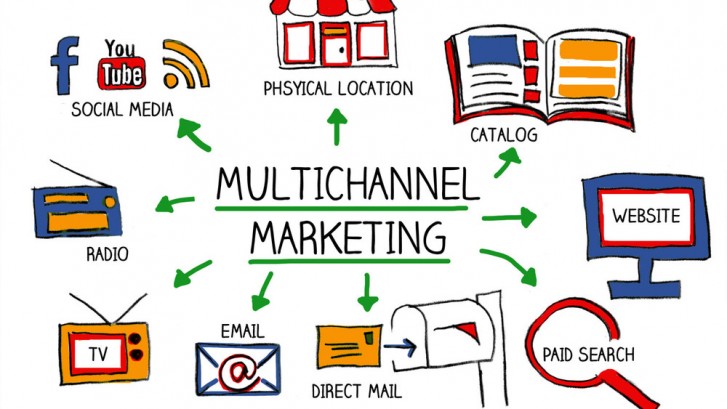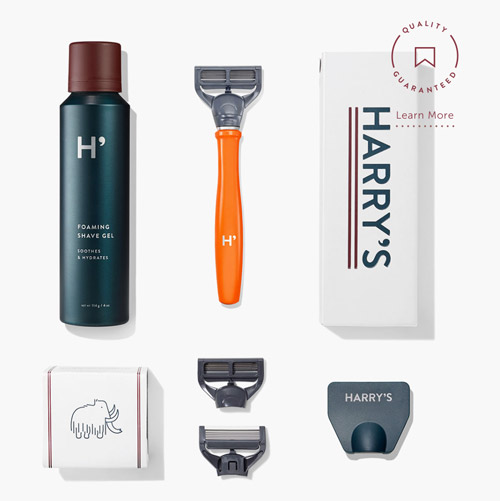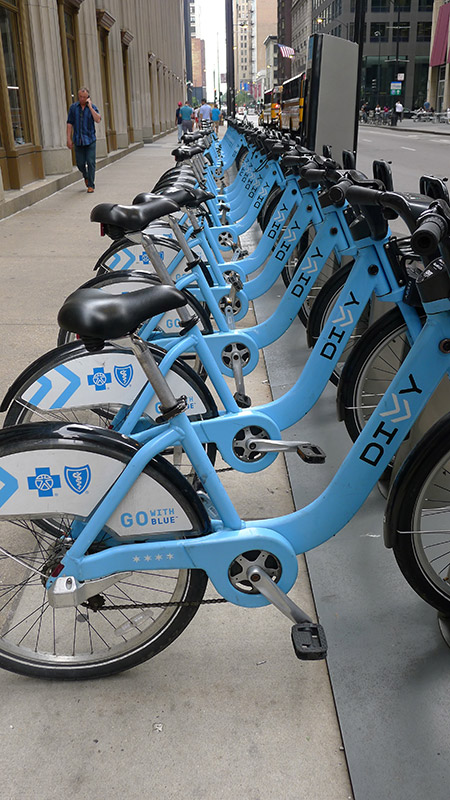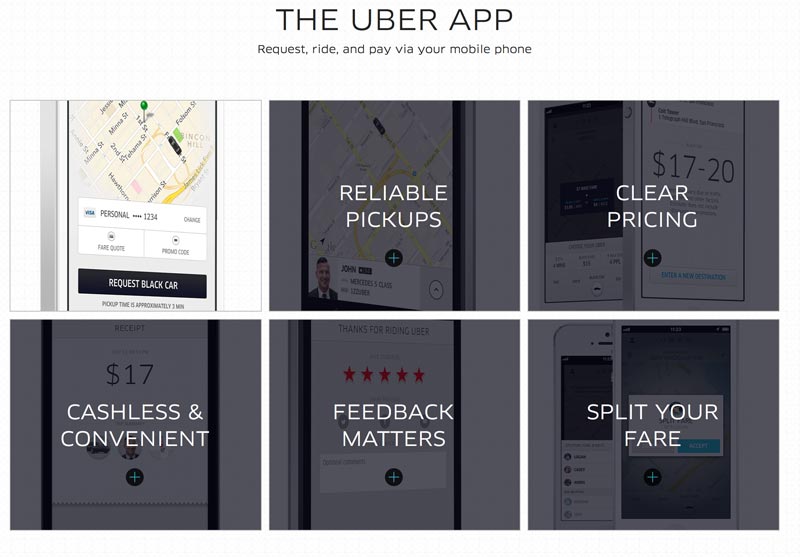This chapter will discuss execution and Go–To–Market strategies. A firm's Go-To-Market strategy is the mechanism by which they propose to deliver their unique value proposition to their target market. That value proposition is based on the choices the business has made on where to focus its investments and what markets and solutions they believe will respond positively to increased attention.
The first section focuses onomni-channelOmni-channel, ‘cross channel being done well’ — a continuous experience across brands, across format and across devices that is completely made to order. strategy and online-offline interaction. It will provide a comprehensive overview of accessing customers in both the real and virtual world. The second section details how to find lead users, facilitate influence and contagion, in other words, prompting buzz-worthy conversations regarding a product. The third section describes targeting, messaging, pricing to value, access to customers, and distribution issues. In this section we will cover brand assets, then think about customer assets and finally focus on the historically controversial “marketing spend” as an asset.
The term “omni-channel” may be a marketing buzzword, but it refers to a significant shift: marketers now need to provide a seamless experience, regardless of channel or device. Consumers can now engage with a company in a physical store, on an online website or mobile app, through a catalog, or through social media. They can access products and services by calling a company on the phone, by using an app on their mobile smartphone, or with a tablet, a laptop, or a desktop computer. Each piece of the consumer’s experience should be consistent and complementary.
This video is a wonderful example of omni-channel marketing done well. Women’s fashion label Rebecca Minkoff knows its shoppers well: They’re millennials driven by digital, who want to control every phase of their shopping experiences.



